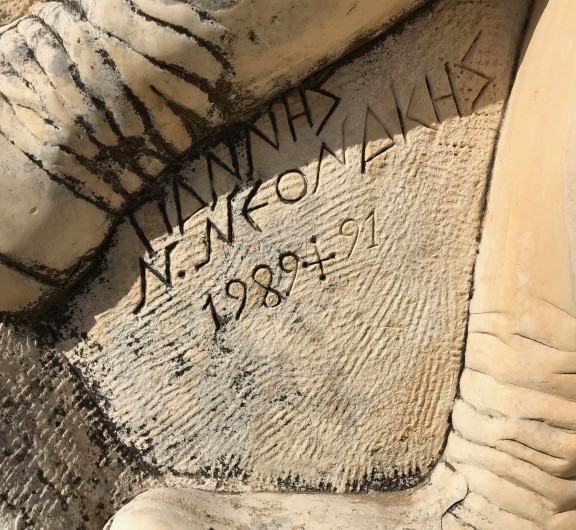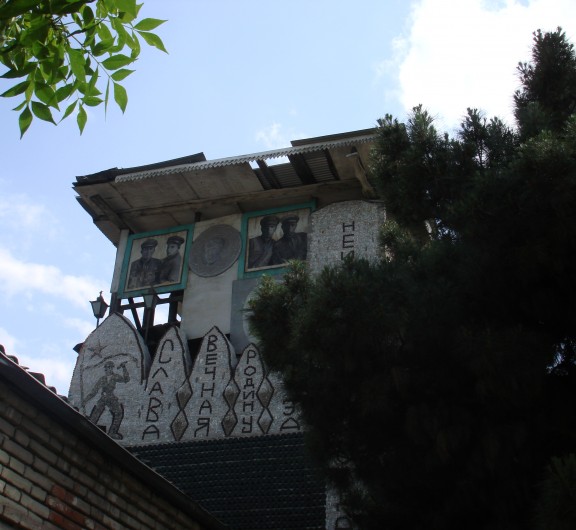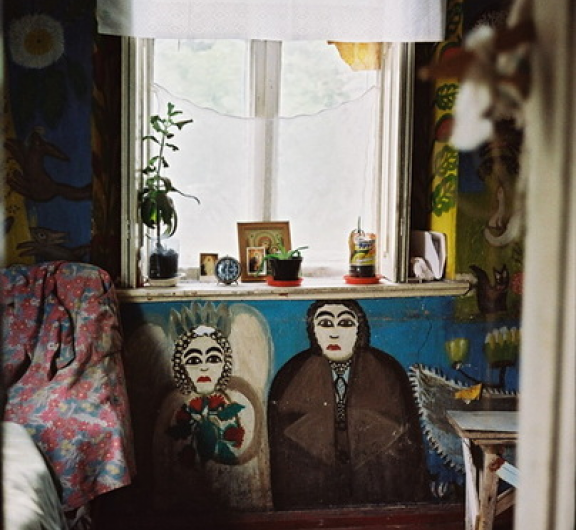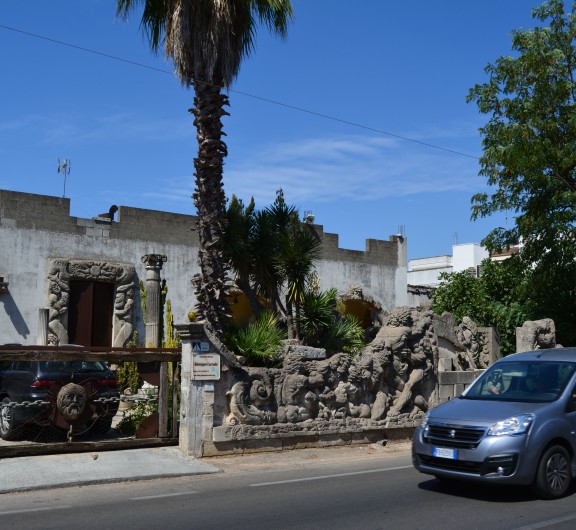Hermit HomeNissim Kahlon (also Kakhalon) (b. ca. 1947)
About the Artist/Site
Apollonia National Park is located a few miles outside the city of Herzliya, just north of Tel Aviv on the western shores of the Mediterranean Sea. Among the natural beauty and the historical ruins – such as a 6th century BCE military fortress where guards protected their settlements from incoming sea traffic – in 1970 Nissim Kahlon, a father of three children, now grown, decided to leave city life behind and begin a new life living on the beach. A man with little formal education but with a dense history of working on his father’s farm, serving in the Israeli military during the Six Day War, doing demolition in Chicago, and refurbishing French Quarter townhouses in New Orleans, he married an American woman, with whom he shared his two younger children. Although they later divorced, he still hopes that his youngest, David, will come back to live with him some day and help to maintain the heritage he has created.
Trying to escape the pressures and stresses of modern life, Kahlon first began building little straw beach huts, then wooden cabanas. Next, working with the intent to build something more substantial, he added mortar and stone until he had created a full-scale Stegosaurus-shaped home. But after he spent time in America and his tenant let it erode, he focused on excavating a maze of tunnels and rooms from the limestone cliffs, using only the simplest of hammers, picks, and shovels. Helped for a time by his son Moshe, they have little by little carved out elaborate passageways and rooms, living in the space as it has gradually expanded.
He continues to work on his elaborate home, decorating many interior rooms with mosaics created from found objects and recycled materials, mostly treasures thrown up from the sea – stones, coral, tires, bottles, glass, and more. The façade facing the sea is protected by a three-meter high wall, ornamented with colorful rocks; the back, of course, are the cliffs themselves. There are turrets, a sculpted glass façade, a “Gaudian” watchtower, and a boat-shaped awning/terrace.
His life is simple, living without electricity with water being provided by a well with no interior running water. He pays no city tax as he has no utility service; he burns his garbage and mixes the ashes with cement to make his mortar. He fishes for most of his protein and eats simply. An observant Jew, he walks daily to synagogue and keeps the Sabbath, with no work from Friday evening to Saturday evening. He has saved 40-50 people from drowning off the cliffs, and has watched over the years as his pristine sunset view began to encompass high-rise hotels.
Because while Kahlon came to this deserted site decades ago, in the interim Herzliya became an affluent resort area where many see his organic constructions as an eyesore. Too, his home reveals a compendium of zoning code violations, the primary one being that no building is allowed physically on the beach, so as to avoid rising seas and crumbling cliffs. Between 1989 and 2008 he ran a small coffee shop on the porch; the “Caveman Café,” however, was shut down by authorities who busted him for violation of health and safety codes, let alone his refusal to pay income, business, and real estate taxes.
Although he primarily lives in the watchtower, Kahlon continues building because that’s what he does: he had no initial intent to build a grandiose structure. “I take nothing and build something,” he has said. And he does, every day.
A film about his life and work, Apollonian Story, was completed in 2014 by filmmakers Ilan Moscovitch and Dan Bronfield.
The exterior of the house is best seen from the sea; from the land, it requires a dangerous descent by foot down the vertical cliff walls. The house is not generally open to the public.
~Jo Farb Hernández, 2016
Contributors
Map & Site Information
Herzliya, Tel Aviv District
il
Latitude/Longitude: 32.162413 / 34.844675
Extant
Herzliya, Tel Aviv District, Israel
c. 1970
The exterior of the house is best seen from the sea; from the land, it requires a dangerous descent by foot down the vertical cliff walls. The house is not generally open to the public.
Nearby Environments








Post your comment
Comments
No one has commented on this page yet.